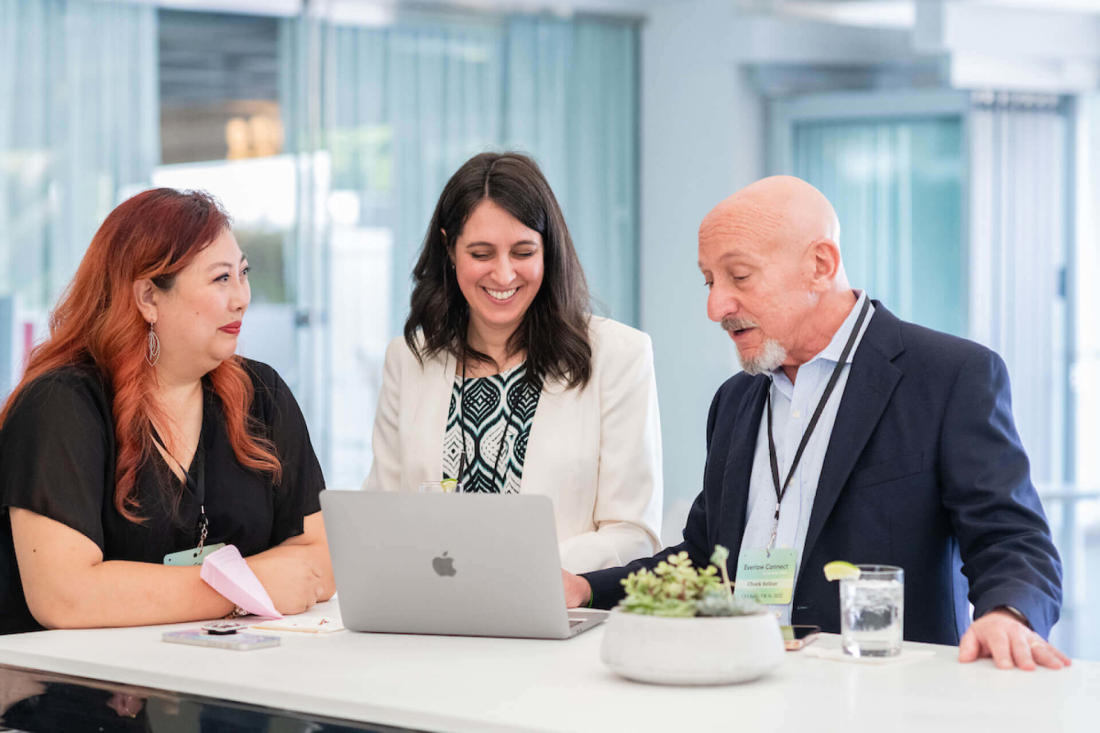How Increased Collaboration Can Boost Law Firm Revenue
by Everlaw

According to Heidi Gardner, Distinguished Fellow at Harvard Law School and author of Smart Collaboration, the connection between collaboration and revenue is undeniable. “Simply put, the more practices that are involved in servicing a client, the greater the annual average revenue that the client generates,” she said.
So, if collaboration is that important to law firm revenue, are all firms doing it well?
What Collaboration Is (and Isn’t)
Many firms are already collaborating. Lawyers are oftentimes working across firms and domain expertise, they’re introducing clients to partners who can offer them additional services, and they’re delegating to additional staff members. Is that enough?
Not quite.
Gardner says true multidisciplinary collaboration only happens when “knowledge workers integrate their individual expertise to deliver high-quality outcomes on complex issues.” When genuinely collaborating, a team of attorneys can be capable of addressing complex issues that none could tackle individually to deliver high-quality outcomes to clients.
According to Forbes, “organizations that collaborate internally, with others in the supply chain, and – most especially – with clients – are far more likely to succeed than those who do not.” However, despite the fact that practicing law is inherently collaborative, the legal profession has been slow to collaborate. Law schools have historically taught students to avoid mistakes rather than look for creative solutions, and success is typically measured in the number of hours billed, not how quickly and efficiently client problems are solved.
However, in the face of global financial challenge and emerging new technologies, the legal culture has changed, and the industry is being transformed into a more diverse and dynamic means to deliver more and better access to legal services, often through collaboration with clients, colleagues and even competitors. Legal professionals must be open to how, when, and with whom they collaborate to achieve maximum client results.
Achieving Real Collaboration
To facilitate a greater degree of collaboration, legal organizations must focus on the following:
Speed. The ability to transmit communications and work product rapidly – waiting for a message to arrive needs to be a thing of the past.
Ease. A low-friction means of collaboration makes working as a team more efficient, convenient, and easier.
Security. A high level of security that will allow participants to feel comfortable when collaborating with others.
Space. Sufficient room for collaboration on all the work product and workflows is necessary to share work product without having to leave the space to do so.
Scope. The broad capacity to work inclusively rather than exclusively allows team members to work together more efficiently.
According to Gardner, collaboration also gives legal professionals the opportunity to observe and understand one another’s capabilities. In these firsthand experiences of one another’s work, trust is built, which invariably leads to more referrals. And, because referrals are a more efficient way to generate work than drumming up business on your own, they make it easier for firms to reach revenue targets.
See how collaborative technology can transform your firm's approach to litigation. Get a demo of Everlaw today.

Everlaw’s advanced technology empowers organizations to navigate the increasingly complex ediscovery landscape, tackle the most pressing technological challenges, and chart a straighter path to the truth—transforming their approach to discovery, investigations, and litigation in the process.